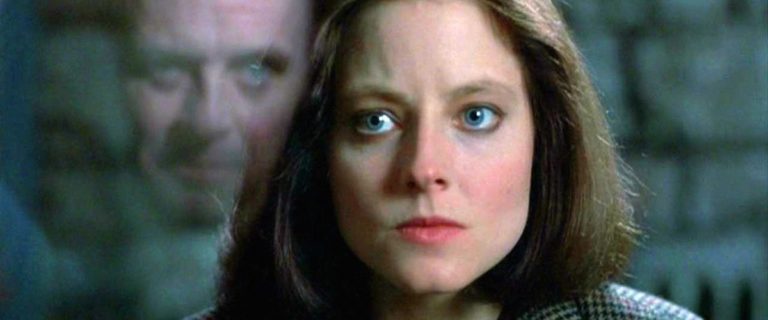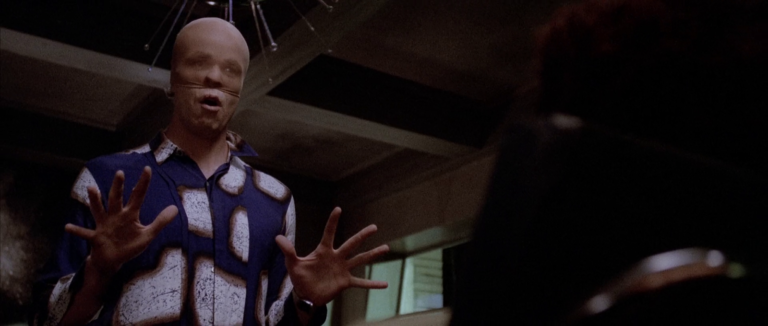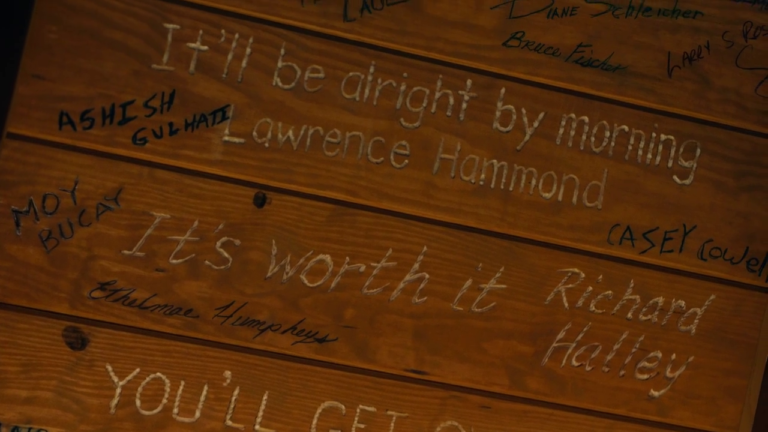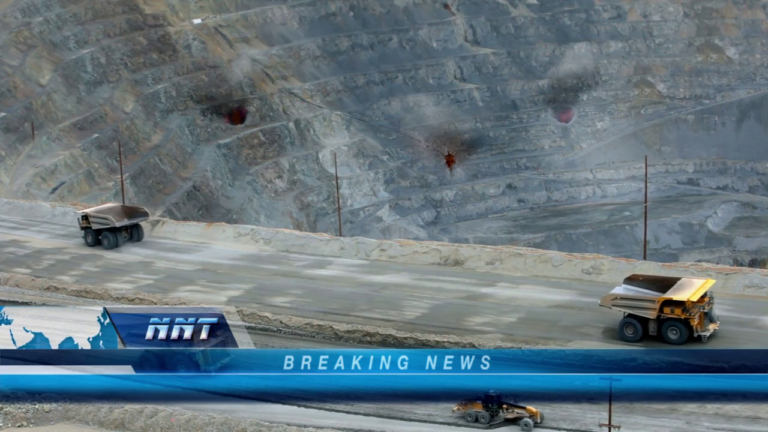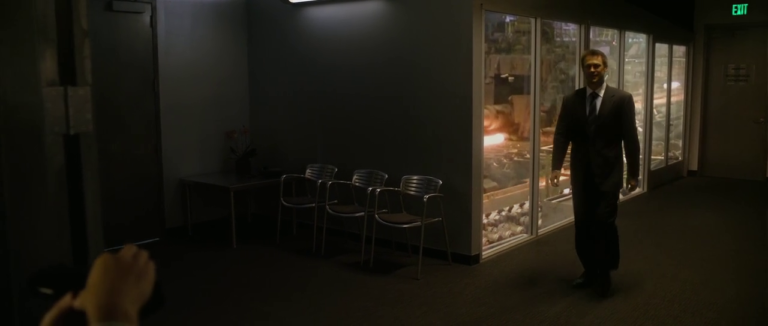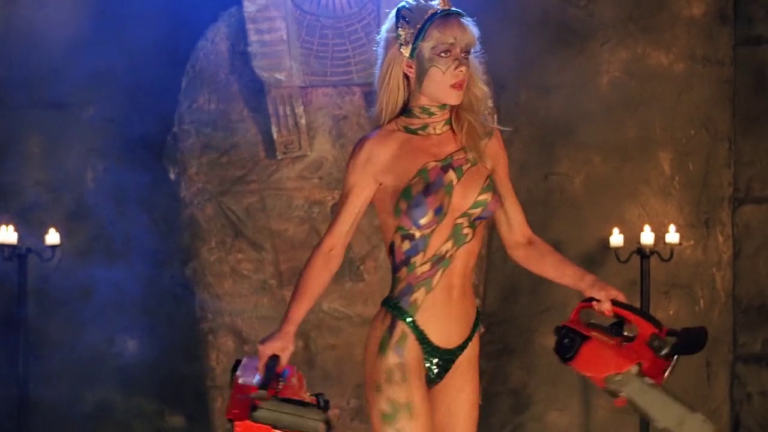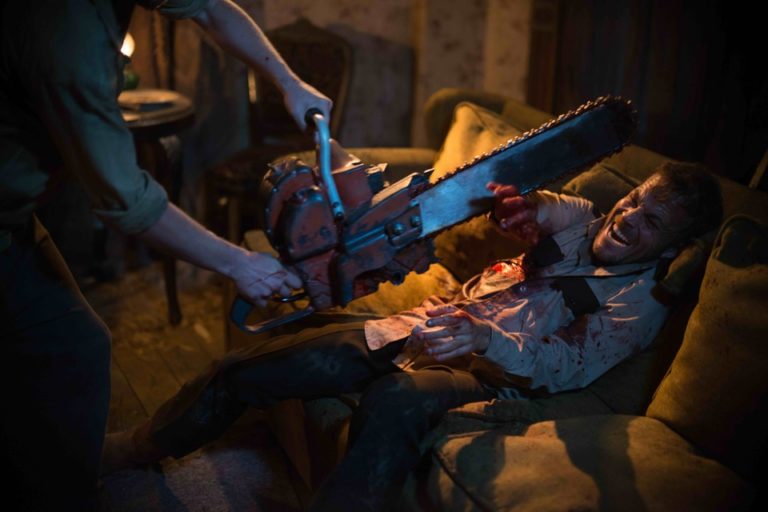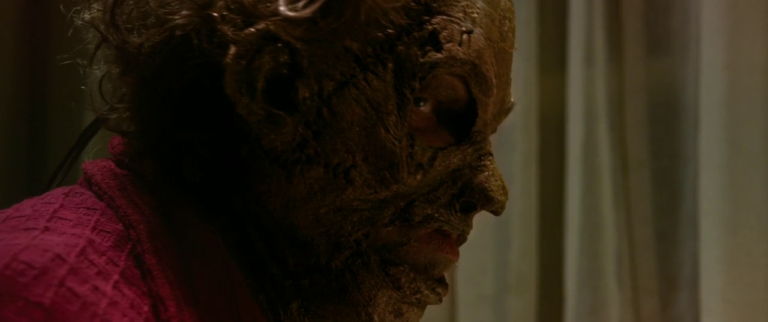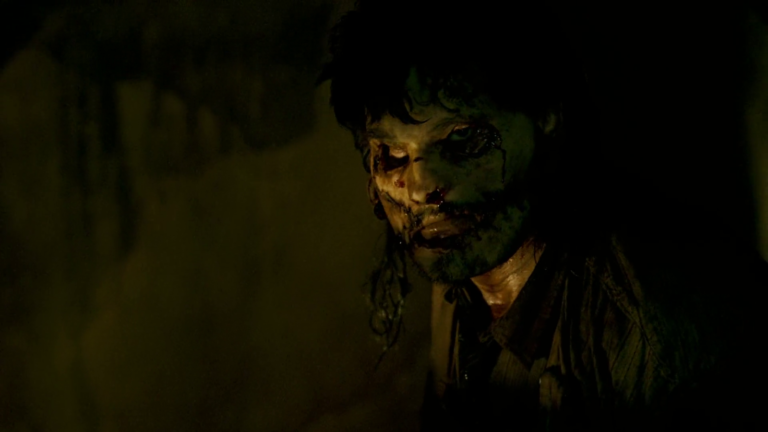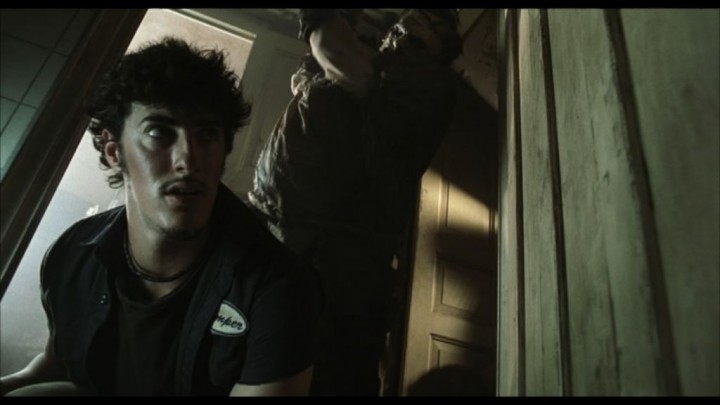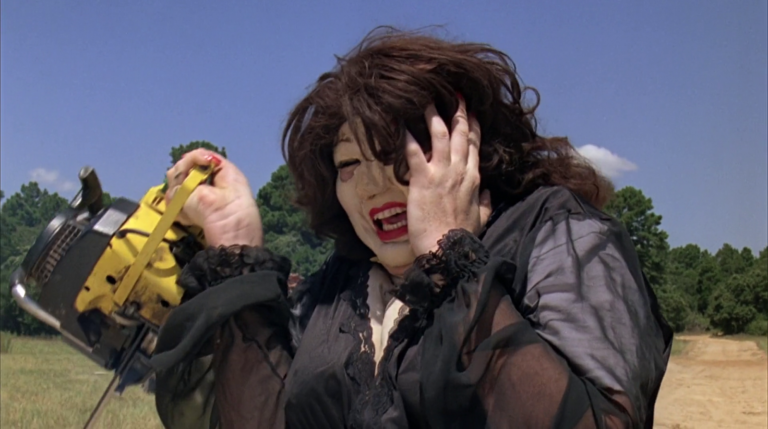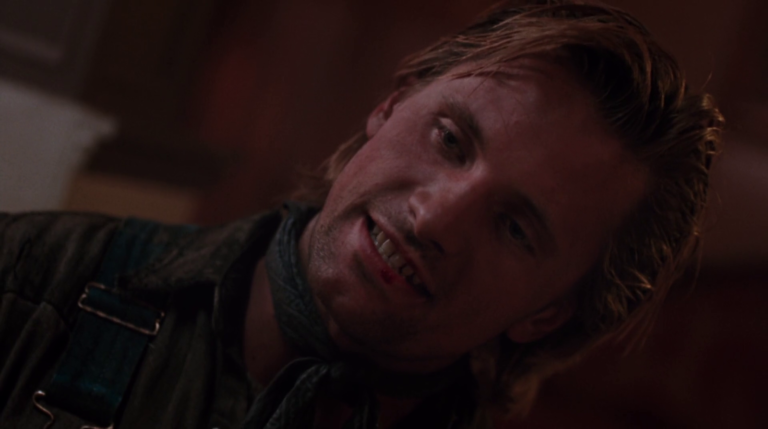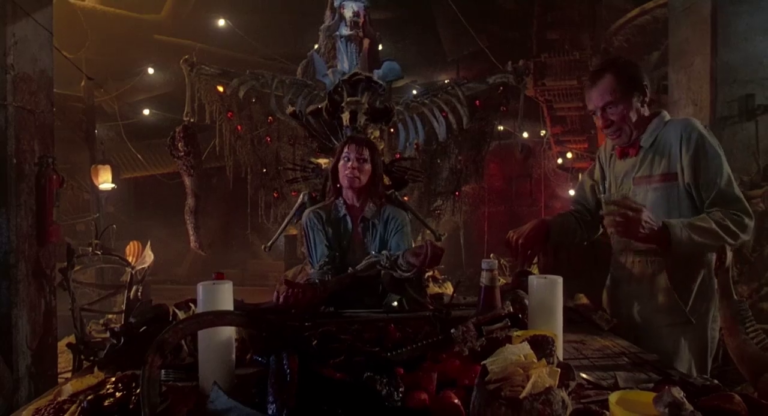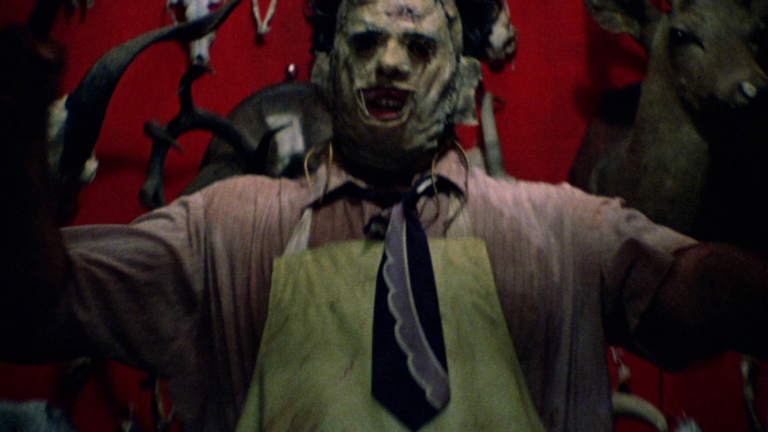Welcome back to the Hannibal Lecter retrospective! In today’s post we’ll be going over The Big One,...
Retrospectives
If you follow me on Twitter then you may have heard recently that I have been devouring...
Welcome back to the Atlas Shrugged retrospective! Today we’ll be looking at the third and (mercifully) final...
Welcome back to part two of the Atlas Shrugged retrospective! In today’s post we’re going to be looking...
Hey it’s the 4th of July people, so what better way to celebrate than with a retrospectives...
Surprise! You didn’t think that I was totally chainsawed out, did you? While working through the Texas...
Welcome back to The Texas Chainsaw Massacre retrospective! We’re coming to the conclusion of this retrospective today with...
Welcome back to The Texas Chainsaw Massacre retrospective! In today’s entry we’re going to be looking at the...
Welcome back to The Texas Chainsaw Massacre retrospective! In today’s entry we’re going to be looking at...
Welcome back to The Texas Chainsaw Massacre retrospective! In today entry we’re going to be covering the Platinum...
Welcome back to The Texas Chainsaw Massacre retrospective! In today’s entry we’re going to be looking at the...
Welcome back to The Texas Chainsaw Massacre retrospective! In today’s entry we’re going to be covering the third...
Welcome back to The Texas Chainsaw Massacre retrospective! In this entry we’re going to be looking at the...
Happy 2019 and what better way to start a new year than with a new retrospectives series?...
